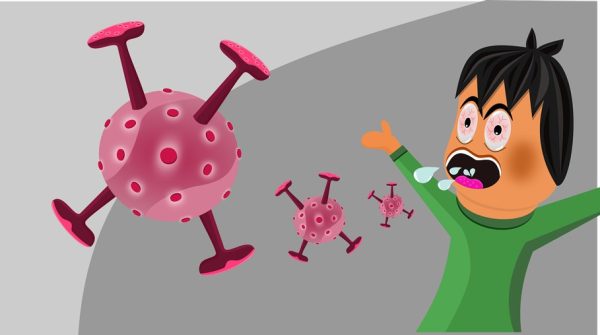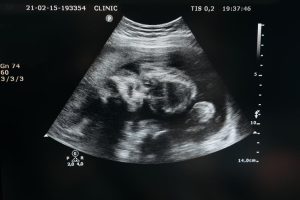
Take Precautions To Stop Spreading Of Covid-19 Variant BA.2.86, Flu And RSV
Like previous year, this winter season there are symptoms of three conditions that are widely spreading – Covid-19, Flu and RSV. Covid-19 which is showing its presence again with a new mutated strain called BA.2.86 which is a subvariant of Omicron, accounts for one tenth of present circulating viruses as per CDC. Recent reports indicate that 9% of the Covid -19 cases are due to this variant. According to Dr. Perry Halkitis, of Rutgers Public Health at NJ, this variant is growing. Densley populated cities might show more increase in the Covid cases with this variant.
As per both CDC and WHO, the risk of hospitalization and severe infections with this variant is low. As of now, it is expected that there is going to be an increase in Covid-19 cases with BA.2.86 subvariant.
Take Precautions to Stop Spreading of Covid-19 Variant BA.2.86, Flu And RSV
It is good to revisit, refresh our knowledge and understand the difference between Covid-19, Flu and RSV as all three viruses predominately active in the environment and showing symptoms.
COVID-19, the flu (influenza), and respiratory syncytial virus (RSV) are distinct respiratory illnesses, but they share some common symptoms. Here are some general differences and similarities:
COVID-19:
· Causative Agent: SARS-CoV-2 virus.
· Common Symptoms: Fever, cough, shortness of breath, fatigue, body aches, loss of taste or smell, sore throat, and gastrointestinal symptoms like vomiting and diarrhea.
· Symptom Onset: Symptoms can appear 2-14 days after exposure.
· Severity: Can range from mild to severe, with some cases leading to severe respiratory distress.
Influenza (Flu):
· Causative Agent: Influenza viruses (A and B).
· Common Symptoms: Fever, cough, sore throat, runny or stuffy nose, muscle or body aches, fatigue, headaches.
· Symptom Onset: Symptoms usually appear 1-4 days after exposure.
· Severity: Can vary from mild to severe, and complications can include pneumonia.
Respiratory Syncytial Virus (RSV):
· Causative Agent: RSV.
· Common Symptoms: Cough, runny nose, fever, wheezing, and difficulty breathing, especially in young children.
· Symptom Onset: Symptoms typically appear 4-6 days after exposure.
· Severity: RSV can cause severe respiratory illness, especially in infants and older adults.
Key Differences:
· COVID-19 often includes symptoms like loss of taste or smell, which are less common in the flu or RSV.
· COVID-19 can cause a wide range of symptoms, including gastrointestinal issues, while the flu and RSV are primarily respiratory illnesses.
· Severity can vary, but COVID-19 has been associated with a higher risk of severe respiratory complications.
Testing:
To determine the specific cause of respiratory symptoms, testing is essential. COVID-19, flu, and RSV can be diagnosed through laboratory testing. If you or someone you know is experiencing symptoms, it’s crucial to seek medical advice and get tested promptly.
If you suspect you have a respiratory illness, especially during times of increased flu or COVID-19 activity, it’s important to follow public health guidelines, such as practicing good hand hygiene, wearing masks, and maintaining social distancing to prevent the spread of respiratory viruses.
Image credit: Image by badafest from Pixabay (Free for commercial use)
Author: Sumana Rao | Posted on: December 12, 2023
« Whole30 Diet Principles, Pros And Cons All You Need To Know About World’s First Malaria Vaccine »






















Write a comment